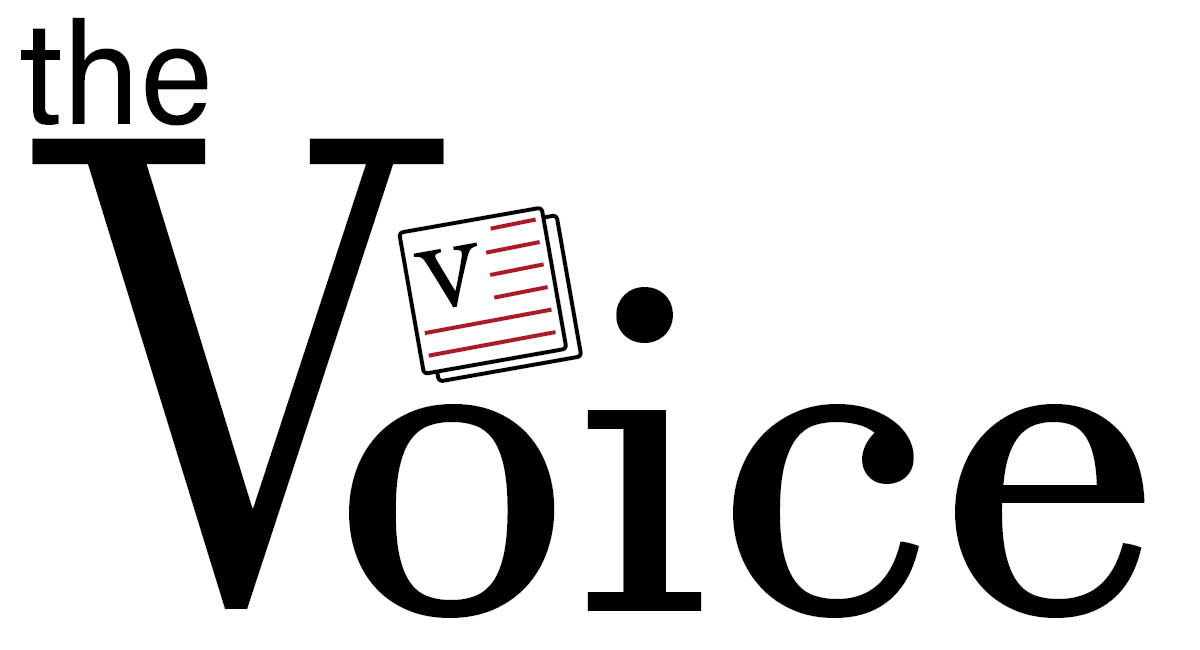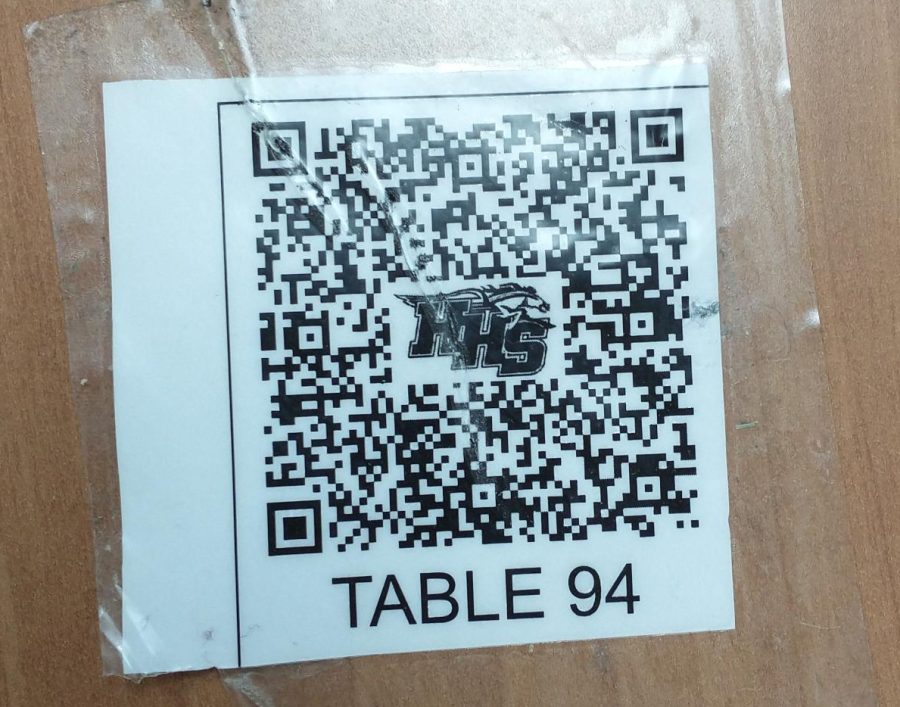QR codes on lunch tables do not help contact tracing
Students scan the QR codes taped to every lunch table, which is linked to a google form for contact tracing. (A.Peters)
October 4, 2021
The bell rings, dismissing students to go to their sixth hour lunch period. The hallways become crammed, and everyone’s conversations drown each other out as people make their way to the lunchroom.
Many of the students have their masks below their noses before they even get to their lunch table. They take their phones out of their backpacks, but not to scan the QR codes that are taped to every table. These QR codes were set up to help with contact tracing, but most kids do not bother scanning them, and the number that actually does is very low.
“In a given week we’ve had 4,000 lines, like a midweek update of 4,000 [students], there’s 3,000 in the building, and we’re halfway through the week and that’s outside of the 200 or 300 leaving the building for lunch. 4,000 seems a little low for me [as opposed to] last year when we actually were scanning people in,” Principal Marcus Belin said.
Some students do scan the QR codes; however, not enough do so to be entirely accurate for contact tracing.
“I think they’re a good idea, just with contact tracing, but at the same time, no one’s doing it. It’s going to be hard to try to get everyone to do it when no one really is. I do scan them every day because I’m scared of what will happen,” junior Julia Growney said.
According to Associate Principal Tom Kempf, trying to get people to stay in their seats during lunch is like herding cats, with everyone moving around. Administration as a whole has been having a hard time controlling students, especially with all the fights going on. Many students will not keep their masks above their noses and will wander to and from various tables during their lunch hour.
“There’s a lot of freedom, there’s a lot of time. When you have 47 minutes to eat lunch and it only takes 15, you tend to wander, you tend to do things that are probably not appropriate- at least for a pandemic. And that’s where those QR codes came from, like a check-in for the contact tracing part of it,” Kempf said. “I’m ready to not do it anymore, but that means assigned seats in the cafeteria.”
The elementary and middle schools in the district have assigned seats for students during lunch, but high school students were given a privilege by being able to choose where they sat. There needs to be another better alternative to contract tracing, or else the administration will have to turn to assigned seating, which would surely cause outrage among the student body.
In a perfect world, everyone would scan the QR codes, making contract tracing a breeze. But in a perfect world, people would not have to worry about COVID.



